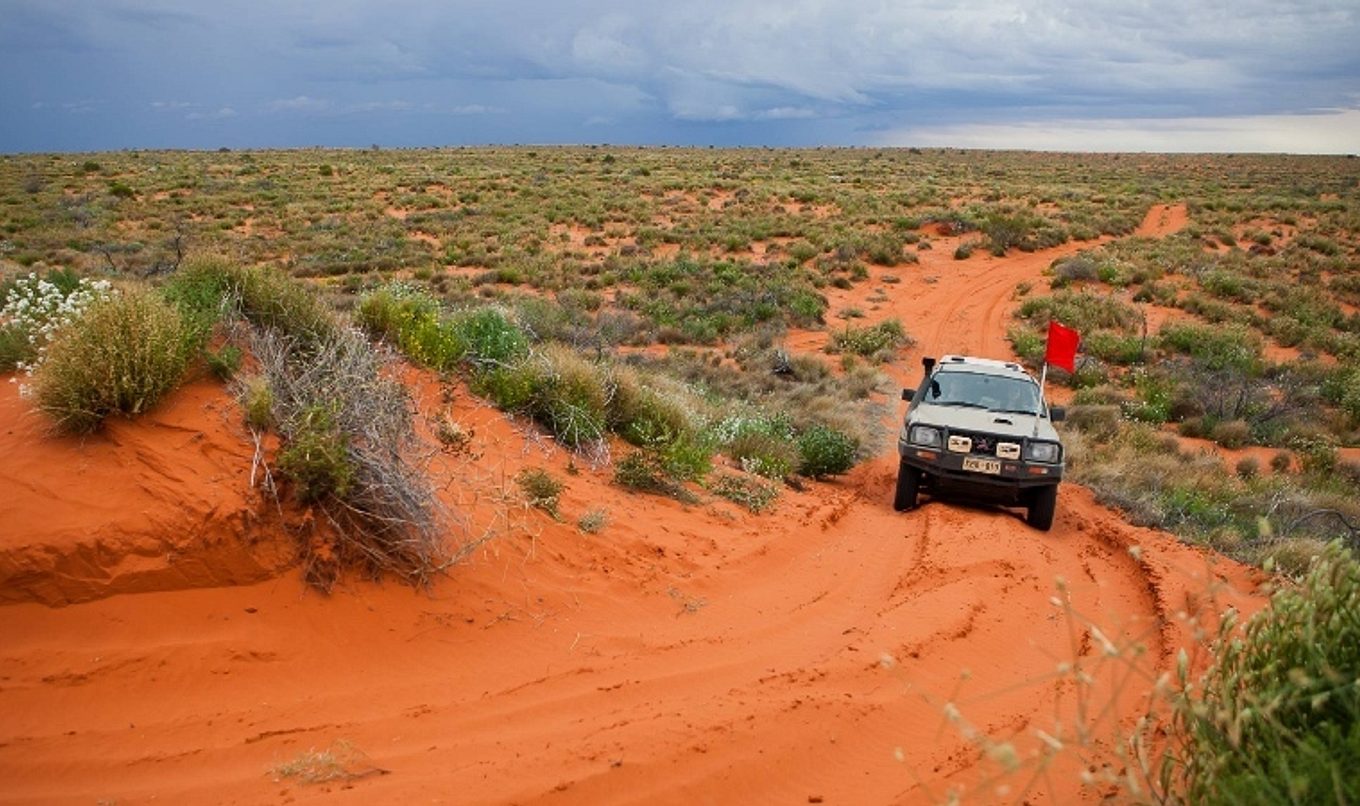Parts of Simpson Desert closed due to flooding
Visitors to the Munga-Thirri-Simpson Desert should be aware that the Queensland portion of the desert will remain closed until early to mid-April due to flooding in the Eyre Creek.

Travellers must have sufficient fuel to enter the desert and return to Mt Dare or Oodnadatta as all eastern exit points are closed due to the flooding.
The Simpson Desert Regional Reserve and Conservation Park has only recently re-opened. Since the summer of 2008/09 the park has been closed during the summer months due to the high risk of vehicles becoming bogged or breaking down in extreme temperatures.
National Parks and Wildlife Service District Ranger, Travis Gotch said the Simpson Desert is very remote and is challenging to cross, but despite that around 10,000 visitors traverse it annually.
“Visitors to the region start to increase around Easter and peak during the July school holidays,” Mr Gotch said. “Numbers then start to decline, with very few people crossing the desert in November.
“Temperatures can fall below zero at night during winter and can climb to more than 50°C during the hottest summer days.
“All visitors must buy a Desert Parks Pass to cross the park as this provides important information on how to prepare for the crossing, what to do in emergencies and also lists emergency contact numbers.
“Crossing the Simpson takes four days on average, depending on the number of stops and weather conditions. In all, it’s around 26 hours of driving.
“We usually recommend that first-time visitors travel west to east to take advantage of the gentler upslope to most dunes (from Dalhousie/Witjira National Park through to Birdsville).
“There is a track marking system to help travellers navigate with markers placed every five kilometres, and people are increasingly using GPS systems to guide them.
“It’s certainly not a trip for the faint-hearted and people must be very well prepared. But the rewards are tremendous.
“The Simpson is made up of 1100 parallel sand dunes, some of which are 200 kilometres long, and tracks like the Old Andado, Colson or Hay River tracks have been made in the dips of the dunes and run for tens of kilometres.
“Visitors get to see an incredible array of birds, animals and plants. In certain places like Purnie Bore, water bubbles to the surface and turns the desert into an oasis of life.”
For further information regarding the Simpson Desert Regional Reserve and Conservation Park and other South Australian parks visit www.parks.sa.gov.au
For up to date public road information outside of the National Park, call the Transport SA Road Condition Hotline on 1300 361 033 or visit the Transport SA website on http://www.dpti.sa.gov.au/OutbackRoads
Fast facts about the Simpson Desert:
◾Area: 170,000sq km
◾Fourth largest desert in Australia
◾The longest parallel dunes in the world
◾Some dunes are 200km long
◾Estimated number of parallel sand dunes: 1100+
◾The tallest dune is Nappanerica or Big Red. It’s 40 metres high
◾Annual rainfall ranges from 150-200mm
◾Temperatures range from -2°C to 50°C.

